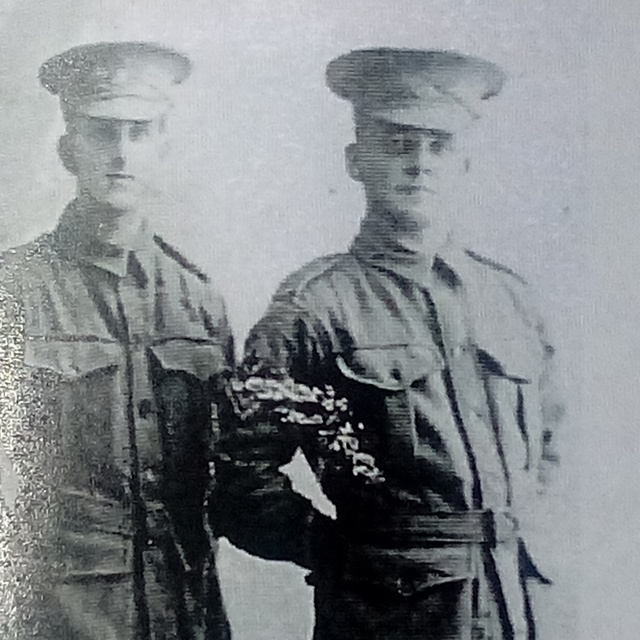
Michael McAulliffe is one of three World War I heroes specifically remembered in this year’s RSL Anzac Day Guide.
Born on 15 December 1891, he enlisted in 1915, after three months in the Australian Medical Corps.
He was born in Gympie on 15 December 1891.
On 3 May 1917, his bravery near Bullecourt, on the Hindenburg Line between France and Belgium, earned him the Military Medal.
He was in charge of a bearer squad, which worked continuously from 4am to 8pm without relief under heavy shellfire, Gympie RSL Anzac Day booklet recalls.
“Despite numerous casualties among the bearers, they continued their duties, displaying remarkable courage while clearing the area of wounded men.”
Michael came from a Gympie mining family.
His father Denis worked in the mines while his mother Mary Ann (nee Mahoney) looked after home and children.
Michael also worked in the mines as an engine driver.
He joined the 7th Field Ambulance and served in Egypt and France.
Wounded three times, he returned each time after recuperating.
He married Margaret McCann on 20 November 1920 and died in Brisbane on 22 November 1971, aged 79.
The Australian War Memorial record highlights the futility of a battle which was never truly won.
“Four experienced Australian divisions of I ANZAC Corps were part of the British 5th Army under Sir Hubert Gough,” the official record shows.
“The general wanted to attack at Bullecourt to support an important offensive by the adjoining British 3rd Army to the north and the French Army further to the south.
“Relatively young, Gough was an energetic commander.
“However his aggressive spirit coupled with poor planning resulted in heavy losses.
“His attack launched at Bullecourt on 11 April 1917 was a disaster.
“Despite this a further attack across the same ground was ordered for 3 May, the day Michael earned his Military Medal.
“The Australians broke into and took part of the Hindenburg Line.”
However “no important strategic advantage was ever gained.”
Official war historian Charles Bean noted the sodiers’ courage and their leader’s mistakes.
“Such success as the (Australians) achieved had been won by troops persisting through the sheer quality of their mettle, in the face of errors.” he wrote.
“General Gough planned to use the 4th Australian Division and the 62nd British Division to attack the Hindenburg Line.
“Rather than wait until he had sufficient artillery resources he decided to employ a dozen tanks to lead the troops through the enemy’s barbed-wire… with disastrous results.
“Exposed to murderous machine-gun and artillery fire the Australians were forced back to their own lines while tanks stood burning on the battlefield. The Australians had 3,000 men killed or wounded; many survivors remained bitter about such a futile waste.”
It was those wounded men who were saved by bearers like Gympie’s own Michael McAulliffe.
Charles Bean also noted that the battle for Bullecourt “more than any other battle, shook the confidence of Australian soldiers in the capacity of the British command; the errors were obvious to almost everyone.”






